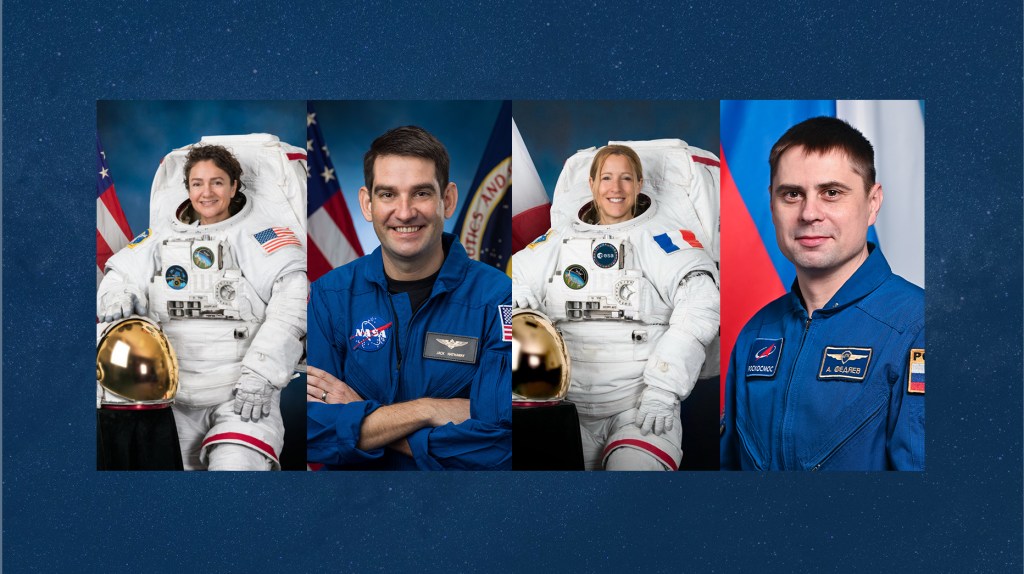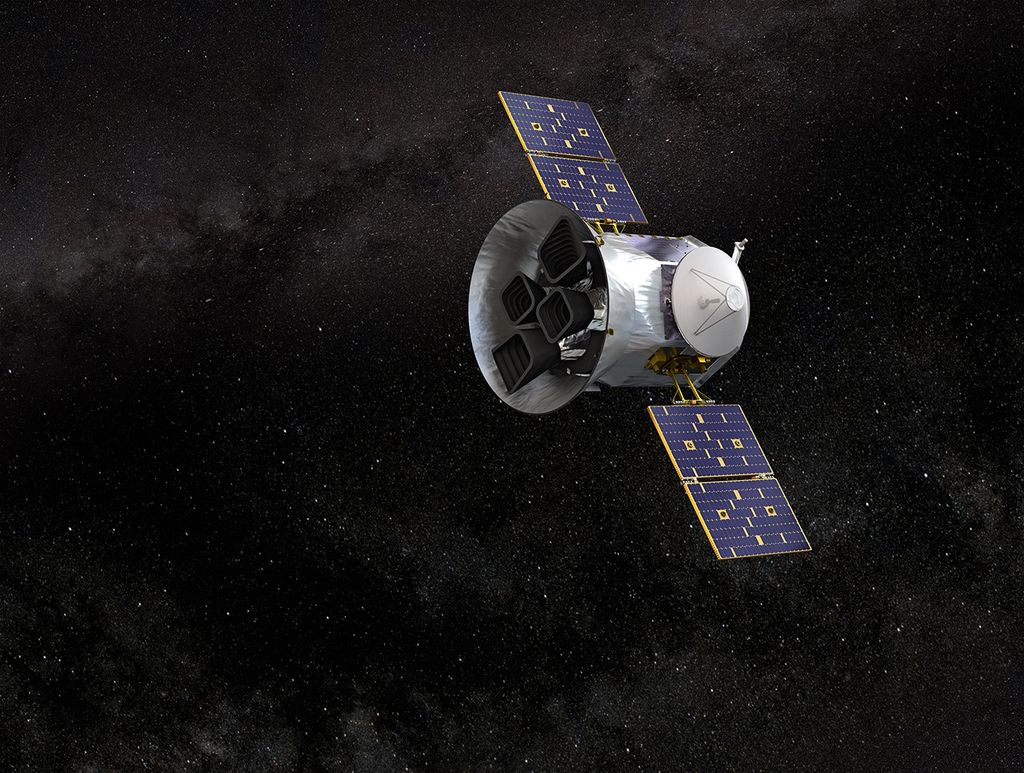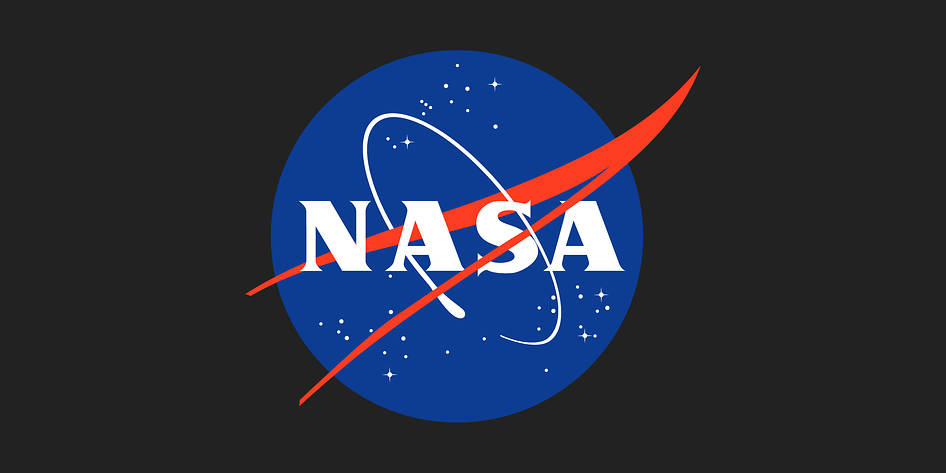In an estimated 30 years, the traditional tube-and-wing airplanes that are ubiquitous in today’s airports could become a relic of the past, due to an effort of aviation industry front-runners to ensure green initiatives in Earth’s airways. As aircraft design and fuels change to become more environment friendly, airports, operations and overall infrastructure must also change. The new Gateways to Blue Skies: Airports of Tomorrow (aka, Blue Skies) competition sponsored by NASA’s Aeronautics Research Mission Directorate (ARMD) will engage college students in developing external airport infrastructure design concepts to support the emerging aviation technology and markets that will comprise the climate-friendly aviation industry of tomorrow.
Participating students in teams of two to six will research aviation evolution to produce airport designs as outlined in a five- to seven-page research paper, two-minute video and an infographic that summarizes the team’s design. In a competitive review process, up to eight finalist teams will be selected by NASA and industry judges to present their work during the 2022 Gateways to Blue Skies Forum at NASA’s Langley Research Center in Hampton, VA next June.
An outreach program of ARMD, Blue Skies hopes to engage as many students as possible – from all collegiate levels, freshman to graduate – in thinking about how the technologies of tomorrow will change the airports of 2050. An airport’s exterior can include gate design, airport layout, fueling solutions, ground support for the aircraft turnaround process, safety measures, and maintenance areas. Teams are asked to avoid runway designs, airport building interiors, ground transportation to the airport, and air traffic management.
“This is an exciting challenge for a variety of reasons,” said Koushik Datta, ARMD University Innovation Project Manager and challenge sponsor.
In particular, it’s a chance for students to learn how they can mitigate aviation’s impact on our earth. The next 30 years in aviation are going to be transformational, and with this challenge my hope is to get students involved in aeronautics and help shape that transformation.

Koushik Datta
NASA ARMD University Innovation Project Manager
ARMD houses the University Innovation Project through the University Leadership Initiative. In sponsoring the Blue Skies competition, the goal is to move the needle on supporting next-generation aircraft and pioneering new concepts, technologies and operations to achieve the zero-emissions vision of the future. In this vision, zero emission refers to any technology that provides a pathway to the eventual adoption of aircraft that do no environmental harm in all its operating modes.
During the next 30 years, the aviation landscape is headed for a future of flying safer, faster, cleaner and quieter. To get there, alternative fuels (electric, hydrogen, ammonia, sustainable aviation fuel, etc.) as well as increased efficiency of existing fuels are on the horizon, along with associated changes in aircraft design and operation. As these fuels and technology are relatively new to the industry, airport infrastructure will require overhauls to accommodate this upcoming technology to accommodate widespread adoption.
For decades, NASA-developed technologies have contributed to making aviation more efficient, safe, quieter and sustainable – environmentally and economically. In a recent thrust toward green technologies, the directorate is producing next-generation designs, automation tools for greener and safer airspace operations, and new sustainable energy options for aircraft propulsion. NASA is partnering with industry, academia, and other agencies through the Sustainable Flight National Partnership to accomplish aviation’s aggressive climate change agenda – reduce aviation carbon emissions by half by 2050 (compared to 2005), and achieve net-zero emissions by 2060.
“Minimizing the impact of the aviation industry on the environment is a global responsibility and requires a myriad of changes to what we fly and the infrastructure needed to support those vehicles.” said Steven Holz, ARMD University Innovation Assistant Project Manager. “This challenge will inspire thought and attention in this field from participating students, whom can leverage NASA Aeronautics’ existing wealth of research and technology to develop the climate friendly solutions of tomorrow.”
Teams interested in participating in the challenge should review competition guidelines and eligibility requirements, which require teams to be comprised of two to six students with a faculty advisor. Participation is limited to U.S. Citizens. Teams are encouraged to submit a non-binding Notice of Intent by October 25, via the Gateways to Blue Skies competition website.
The Gateways to Blue Skies competition is sponsored by NASA ARMD’s University Innovation Project (UI), and is managed by the National Institute of Aerospace.
For full competition details, including design guidelines and constraints, relevant resources, and information on how to apply, visit the Blue Skies website.






































